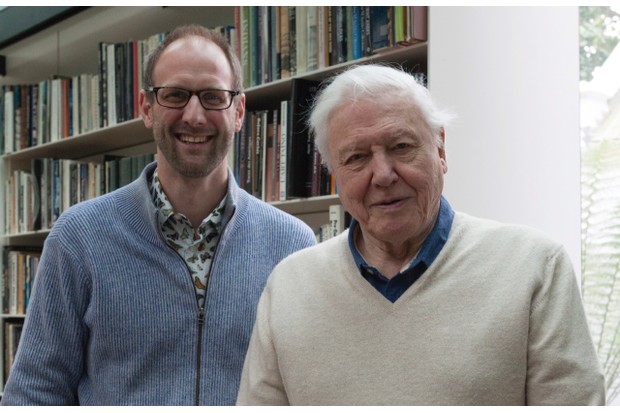Charred kangaroos and koalas, exhausted cockatoos falling off their perches dead, flying-fox corpses collected by the wheelbarrow load. Australia’s bushfires produced terrifying scenes of wildlife suffering. Now conservationists are trying to assess the ecological impact.
Fires play a vital role in shaping some ecosystems in Australia. However, this fire season was abnormally fierce, covering a region in New South Wales, Victoria and South Australia equivalent to over
two-fifths of the UK.
Environmental campaigner Professor Tim Flannery points out that the bushfires were fuelled by climate change and came hot on the heels of the worst drought in decades, burning habitats that never normally do, including relicts of ancient Gondwana rainforest. Unlike plants such as eucalyptus and banksia, rainforest vegetation can’t survive fire. Speaking to BBC Wildlife, Flannery says: “Some areas may never recover.”
Many headlines have focused on how many koalas and other charismatic mammals died – at least 25,000 are estimated to have perished on Kangaroo Island alone – but Flannery says he is most worried about endangered species whose populations were even more severely depleted before the inferno, especially potoroos, dunnarts, bandicoots and other mouse-like marsupials.

Species now at risk of extinction could include less-mobile rainforest dwellers with restricted ranges, from amphibians to land snails and spiders. Also in danger are highly localised birds, such as Kangaroo Island’s unique subspecies of glossy black cockatoo.
Some impacts may not be apparent for months or even years. Stephen Brend, flying fox project officer at Yarra Bend Park in Victoria, says that heat-stress and fire has wiped out most grey-headed flying fox pups, devastating the species’ future breeding success. “The fires have been so widespread, repopulation from surrounding areas won’t be possible,” he says.
Surviving wildlife will face reduced food availability. Brend adds: “There will be greater impact from introduced predators – feral cats and foxes – which find hunting easier in the cleared areas. And though some rain has now fallen, that washes ash into rivers and creeks, degrading water quality, so fish, aquatic insects and the duck-billed platypus will be affected.”
Professor John Woinarski of Charles Darwin University told The Guardian, “These fires are homogenising the landscape…They have set back conservation in Australia for a very long period.
Find out more
Our next issue’s Photo Story will focus on efforts to rescue koalas from the fires.
